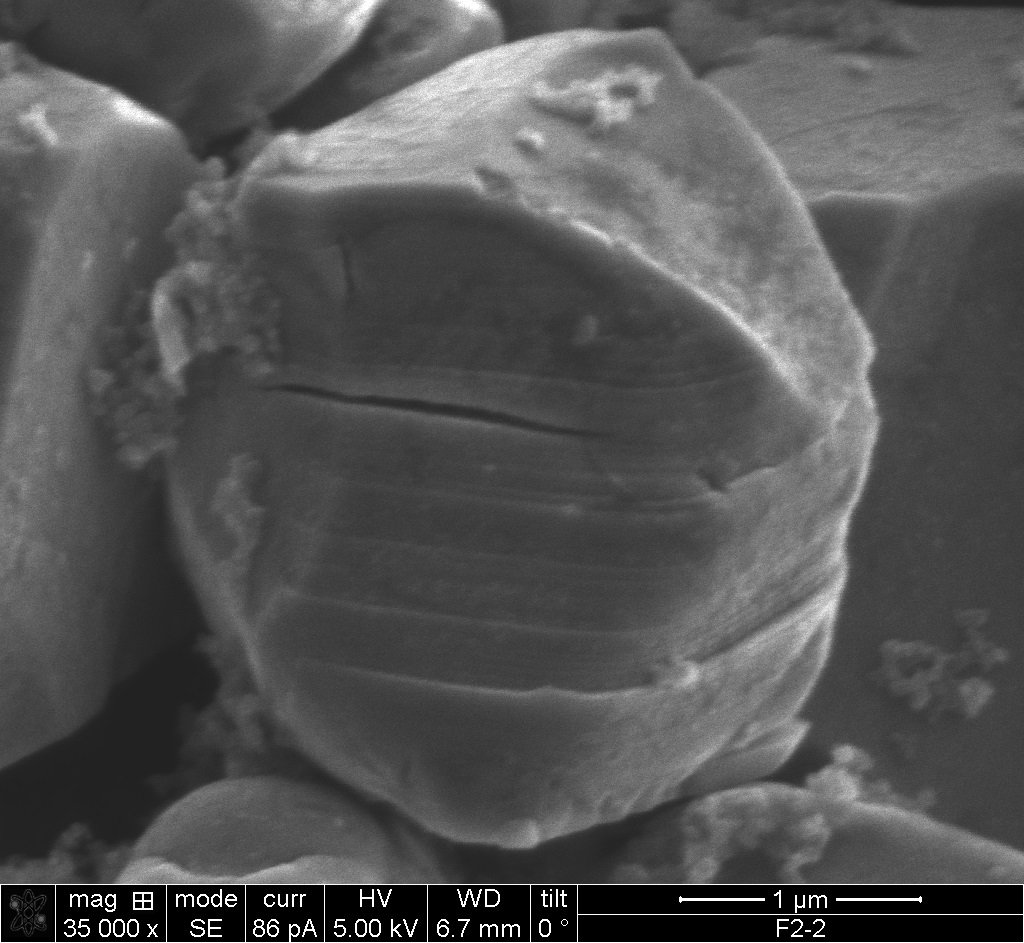UC San Diego engineers developed a cathode material for lithium-sulfur (Li-S) batteries that is healable and highly conductive, overcoming longstanding challenges of traditional sulfur cathodes. The advance holds promise for bringing more energy dense and low-cost Li-S batteries closer to market.


